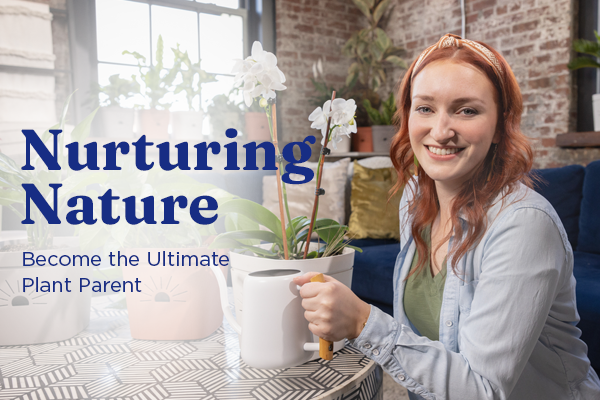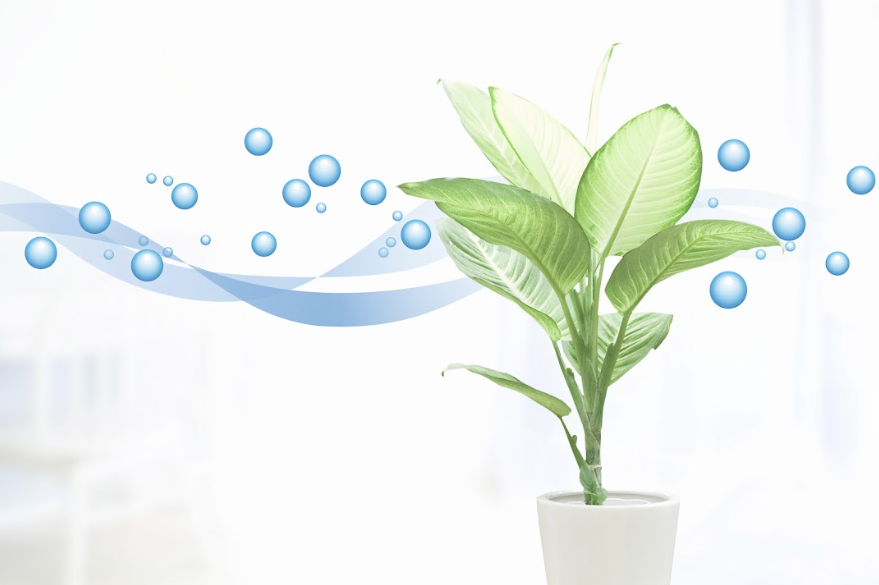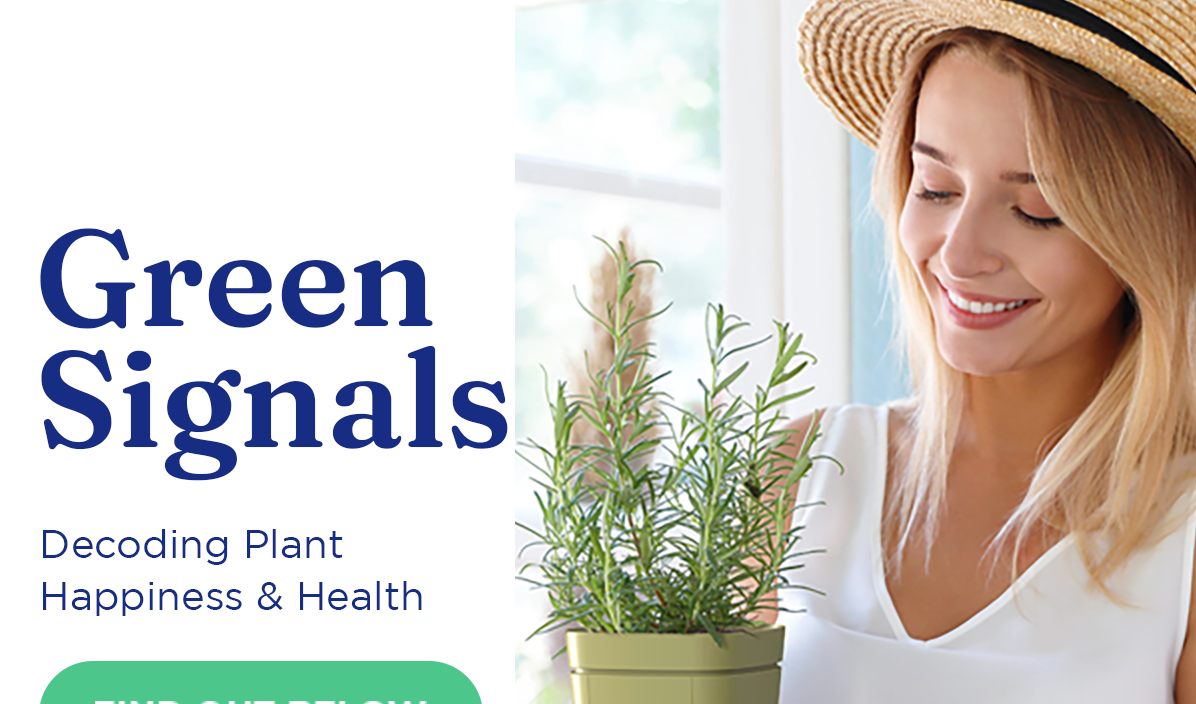How do you determine if your plants are thriving or struggling? In this article, we explore the signs and indicators that reveal a plant's happiness and overall health. Discover the key factors to watch out for as a gardener to ensure optimal growth and well-being of your beloved green friends.
Signs That Your Plants are Happy
Robust Roots
The number one sign of houseplant health is healthy roots. What does a healthy root look like? They will have multiple branches, and hundreds of feeder roots (root hairs) and will be growing down through the soil and outward in every direction. They will be whitish in color, firm, and emit no sour odor.
Unhealthy roots have a thick, fleshy taproot and very few root hairs. Instead of multiple branches, they are often growing in a circle at the bottom of the pot. Very unhealthy roots may be spongy, brown, or sour-smelling. This means they are starting to rot.
So, how do you get healthy houseplant roots? By providing oxygen around the entire root ball. Traditional plant pots with one or more holes in the bottom do not provide oxygen. No wonder root rot is such a huge problem! The Naked Root planter system bathes plant roots in much-needed oxygen. This encourages the roots to branch and grow feeder roots and eliminates root rot. It is the ideal container to create a happy, healthy houseplant.
No Pests or Diseases
A healthy houseplant is robust and strong. It can easily ward off pests and diseases. Most pests are attracted to plants that are weak. Aphids, spider mites, and thrips all thrive on houseplants that do not have a strong defense system. You will know that your houseplant is happy and healthy if it is pest-free.
If you notice one of your houseplants is always getting some kind of bug, this is a major sign that the plant is not healthy. The best way to save the plant is by starting at the roots. We pay a lot of attention to the above-ground part of the plant because that is the part we can see. But, the type of pot that we use and the soil around the roots are the most effective ways to revitalize a sick plant.
To help your houseplant stay pest and disease-free, use a container that has aeration in the bottom and all four sides of the pot. Plants with solid sides are a recipe for root rot, pest infestation, and a weak plant. The Naked Root planter is a perfect example of the ideal container for maximum root zone aeration.
Lovely Leaves
To determine whether your plants are content, check if their leaves are dark green and glossy, flowers are vivid, and roots are firm and white. An indication that your plant is happy is if it is growing with robust stems and lush sprouts.
If you notice that your plant is not growing lush new growth every spring, this is a sign that your houseplant is not happy or healthy. If the edges of the leaves are yellow and the roots are brown or black, this is a sick plant.
Plants grow vibrant foliage and flowers by photosynthesizing, so be sure that the plant is getting enough light. They also grow and maintain healthy leaves by taking nutrients, minerals, and water up from the soil. If the roots are not covered in hundreds of feeder roots, the plant will not be able to efficiently feed itself. The easiest way to fix this is by growing your houseplant in a Naked Root container. It is the first planter that lets your houseplant breathe! Plants that breathe have healthy roots and very efficiently consume nutrients from the soil. This is the secret to a truly happy and healthy houseplant.


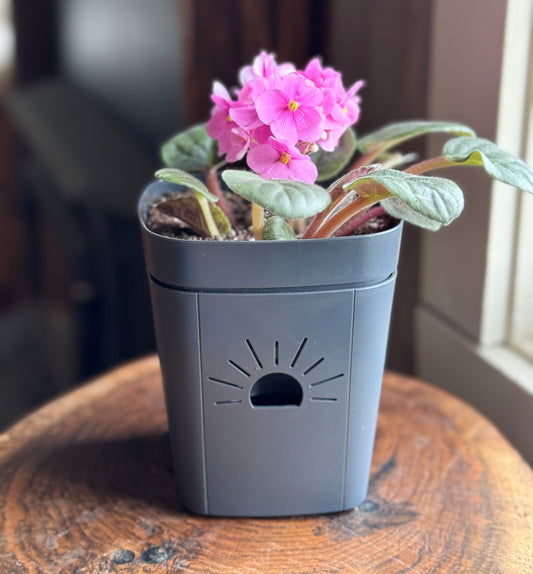
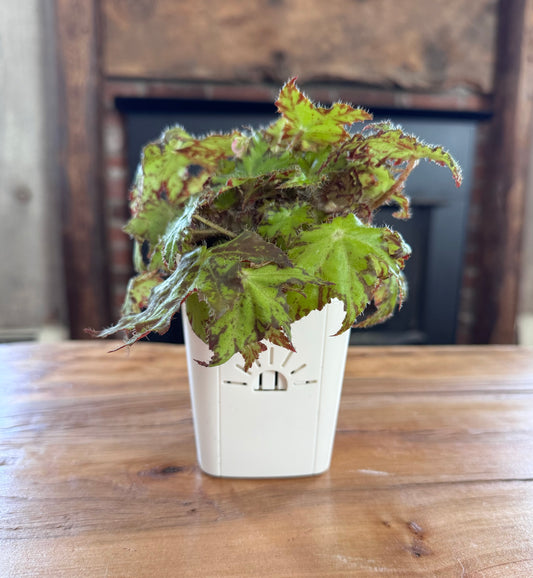

 Verified Buyer
Verified Buyer





